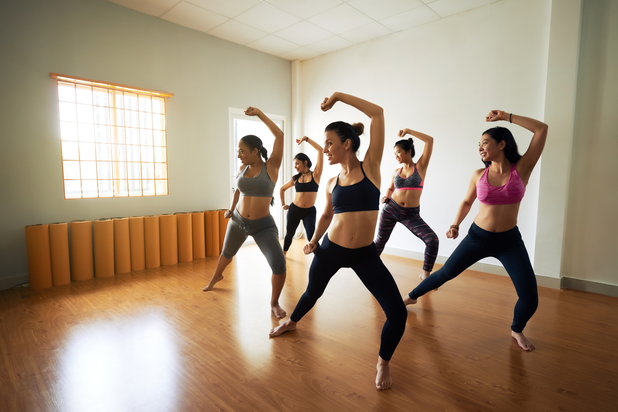There are certain absolutes in recovery. You must: stay sober, avoid triggers and exercise.
Exercise is a life-altering addition to any treatment program. Exercise provides a “natural high” by flooding the body with endorphins. Endorphins bind to opioid receptors and provide pain relief. Drugs can create endorphins, but so can exercise, with the added benefit of a long and healthy life.
The natural high also comes from an increased level of dopamine in the brain.
Drug use can deplete dopamine levels over time, which is why it is so important to balance them with exercise during recovery.
Exercise might even repair certain kinds of brain damage associated with neurodegenerative diseases, such as Alzheimer’s Disease. Since heavy alcohol and drug use may increase the risk of developing neurodegenerative diseases such as Alzheimer’s Disease and Dementia, it makes sense to exercise to counteract those effects.
Activities for the Recovering Addict
But what if you hate the gym, and your idea of exercise is chasing a WiFi signal around a spotty building?
Fear not. You can still increase your levels of endorphins while having a great time.
The trick is to find an activity that keeps you motivated. There’s an exercise for everyone out there. Consider these “feel good” physical activities to boost endorphins and get those positive brain chemicals working.
1. Ride a Bike
Biking doesn’t have to be a grueling spin class. You can hop on a bicycle and explore the neighborhood and outdoors like a kid, sans training wheels.
2. Stand-Up Paddle-Boarding
If you are lucky enough to live by the ocean, a lake or river, paddle-boarding can get your endorphins flowing without feeling like you're actually exercising. It will require some practice and balance, and you may fall at first. I did. But just laugh it off, because laughter also releases endorphins.
3. Climb a Rock
Long before there were indoor walls, there were just outdoor boulders and mountains to scale. Climbing still makes for a fun athletic activity today. With a simple internet search, you can locate dozens of outside rock-climbing beginner classes right in your city that will challenge your fitness and skill. Most of all, when it’s all over, you’ll feel so good that you’ll want to do it again and again.
4. Have a Ball
It helps to include a social component into exercise throughout rehabilitation. Basketball, bowling, softball, soccer, and other group sports are all examples of exercise that require interactions with others. Group exercise has some distinct advantages by allowing the addict to form new relationships that don’t revolve around drinking or using drugs.
The shared effort of group exercise may give endorphin levels an extra boost and deliver benefits to people with substance abuse. In fact, in one study, crews who rowed together had an increased rush of these feel-good hormones and thus a higher pain-threshold than those who rowed alone.
5. Dancing
Ballet, hip-hop, Salsa or La Macarena all trigger the release of endorphins. Researchers found that dancing to music was potentially a powerful tool for enhancing emotional well-being, not unlike a “runner’s high.”
Since basic dance moves don’t require athletic ability or fancy equipment, it’s a great exercise option universally for those in a time-crunch or on a budget. You can do it alone or with others, and it’s almost guaranteed to put a smile on your face.
If you find dance to be particularly helpful, you may want to consider dancing yourself into recovery with the many benefits of dance movement therapy.
6. Just Walk
People often tell recovering addicts to take their journey one step at a time. Exercise, too, can follow this pattern. Walking is a low-impact aerobic exercise that suits most. To get the most aerobic benefit, you can walk inclines, whether they be part of hiking trails or hilly neighborhoods. Walking can also be done in a group: with human friends or canine ones.
7. Swimming
Your summer past-time can be great aerobic exercise year-round. Engaging your entire body, swimming will get your heart pumping and work your muscles while being gentle enough on the joints to invite people of all ages and abilities.
You can swim laps on your own or you can find a program like the U.S. Master’s Swimming (USMS) program to swim with a group of other people. National or local programs may require an annual fee. USMS requires a fee of 43 dollars per year, but they provide you with access to races, pools, and even swimming lessons.
These are just some of many possible physical activities that can boost feel-good chemicals in your brain and body. Given the immense benefits of exercise to all people, especially addicts in recovery, I highly recommend finding a way to incorporate this natural high into your routine.
If you or someone you know struggles with active addiction, you can view our directory of treatment centers or call us at 800-772-8219 to discuss your options.








